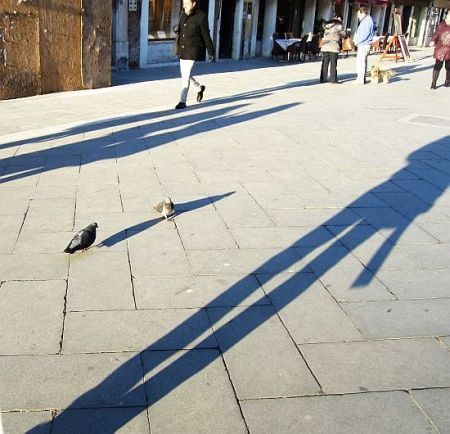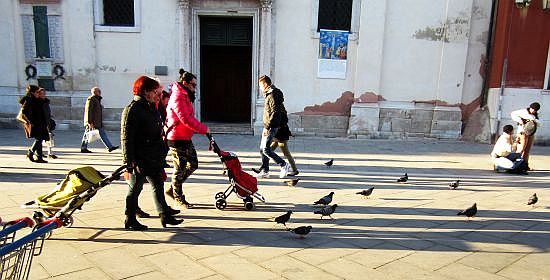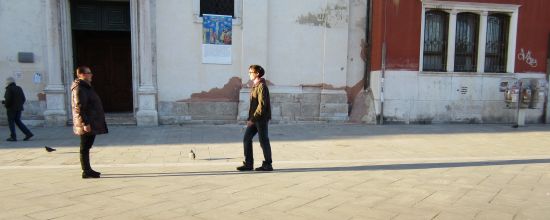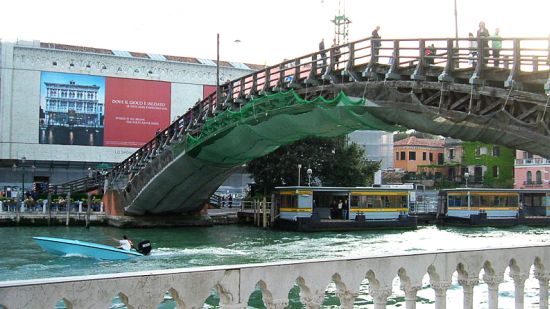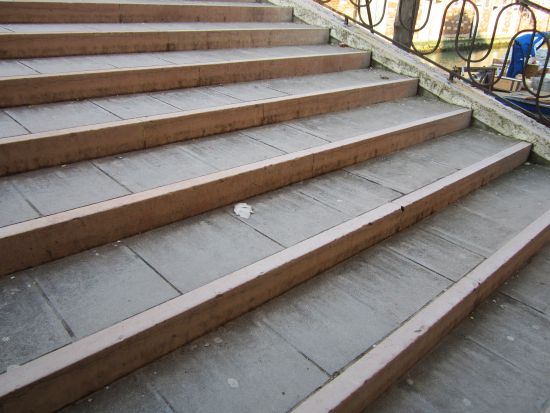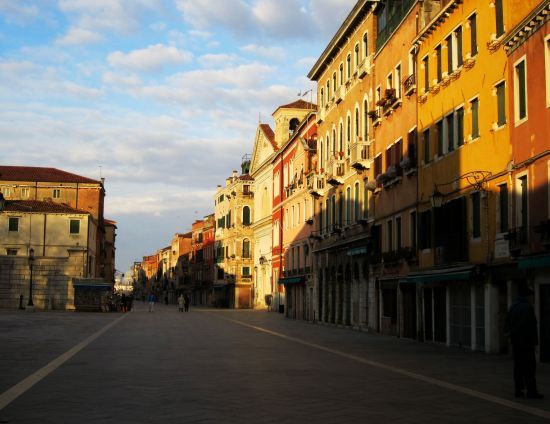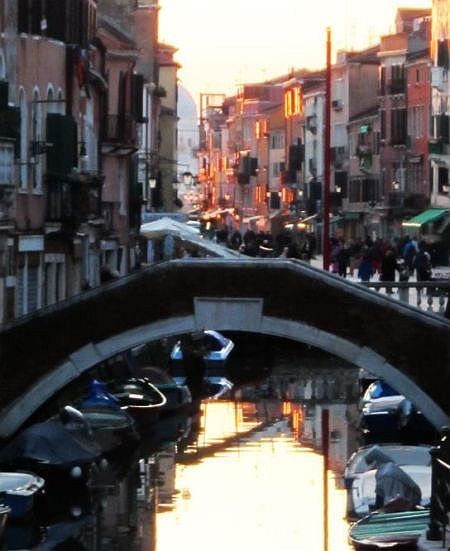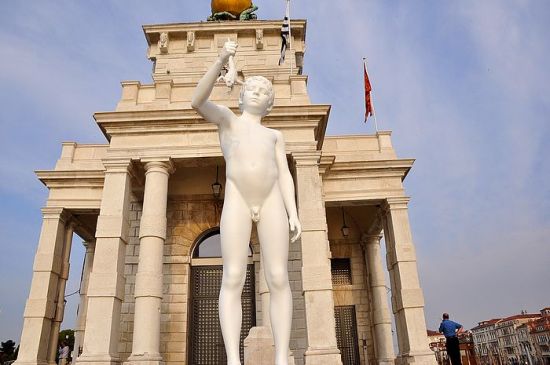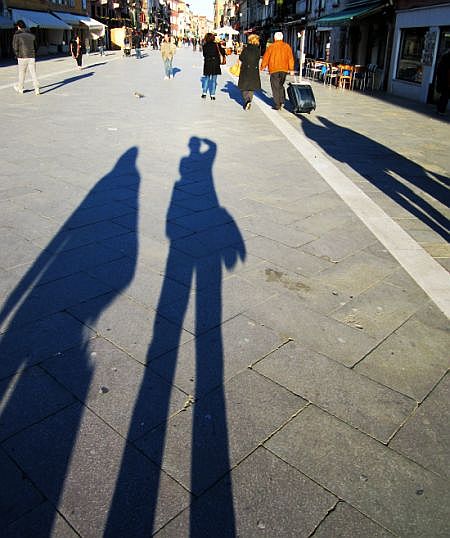
Yesterday was the first day of spring (“Hold the One-Star!” an old newspaper friend of mine would yell here). But the weather yesterday didn’t seem very convinced.
Today, though, we had all the early warning signs of spring: clear skies, fresh breeze, warm sun, everything within sight looking as if it were taking a figurative luxurious deep breath and throwing open its windows. On a less poetic, but no less significant level, every woman in the neighborhood appeared to have washed every item of clothing in the house, down to the dog socks, because then she could hang it all out and literally watch it dry.
You all know my fixation on laundry. Maybe March 22 should be called the First Day of Laundry. Or better yet, we’ll reassign the feast day of St. Hunna of Alsace (“The Holy Washerwoman”) from April 15 to March 22. Just a thought.
But I had a feast day of sun and shadows, myself. This afternoon I had to walk to the end of via Garibaldi to pick up a shirt from Rosie, the young Moldovan seamstress with fingers of gold, who had finished turning its collar. I was happy to have the shirt, along with its additional two years of useful life, but I was even happier to see the sun going down. Because at 5:00 PM or so it had reached the perfect level to create a wilderness of shadows along the broad strip of pavement.
People, dogs, children, assorted objects from pigeons to dog poop, each came attached to its own dark silhouette clinging to whatever point was touching the ground. Roller skates, sneakers, skateboards, paws, flagpoles, old ladies, shopping bags, toddlers — everything had its own personal doppelganger.
Watching all this as I walked home was hugely entertaining. Some people were pulling their shadows along behind them, others were pushing them in front, but whether the shadows were being made to frolic or to stand stock still, or walk smartly along or stretch out into long exaggerated strips of black, or go all shapeless and run into other nearby shadows and disappear, they were all over the place.
Some people look at the sun; I was looking at where the sun was not.
